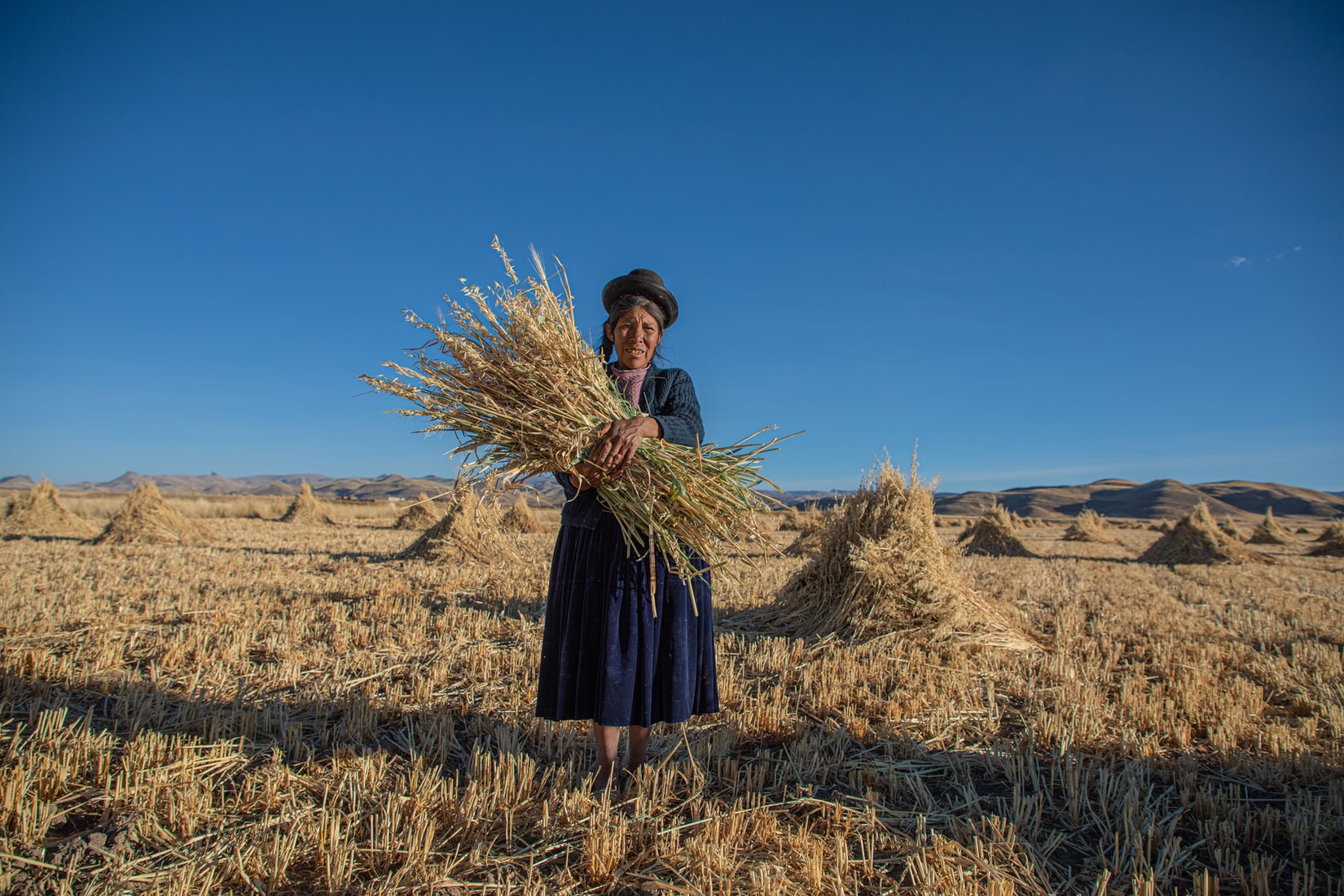Forests are the tipping point in the fight against climate change. It is well known by the indigenous communities of Acción Andina, united in the Andes reforestation campaign.
The Andes mountain range boasts the highest forests in the world. In fact, the typical trees of the area, the polylepis, grow up to an altitude of 5,000 meters. However, this privileged position has not protected them from deforestation, which in recent decades has more than halved the surface area of the forests.
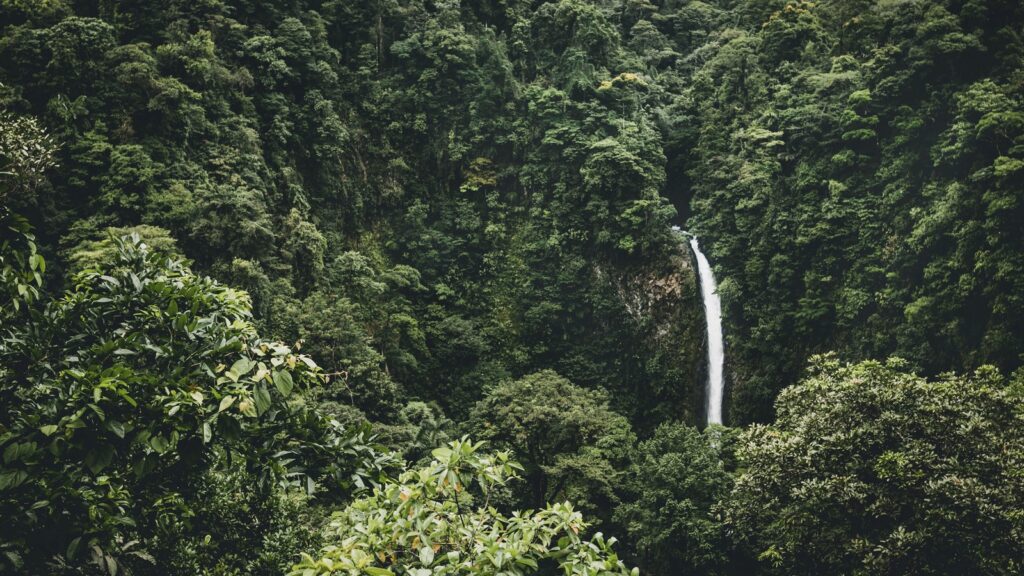
Why Acción Andina was born:
In addition to human intervention, which has burned entire hectares to adapt them for grazing and cut down shrubs for wood production, global warming is also playing its part. Rising temperatures are rapidly melting Andean glaciers, causing serious threats to the region’s water security.
The first action to stem the environmental damage to high Andean mountain ecosystems began in 2000 when a group of Peruvian biologists founded ECOAN – Asociación de Ecosistemas Andinos. Over the years, the project has expanded to include six South American states: Colombia, Ecuador, Peru, Bolivia, Chile, and Argentina. From the union of different local communities was born the non-profit association Acción Andina, today promoted and supported by GFG (Global Forest Generation).
Acción Andina‘s mission is to preserve the 500,000 hectares of the native forest not yet under its protection. The work of the collective in recent years has already led to the planting of 3 million trees, including 1.3 million polylepis.
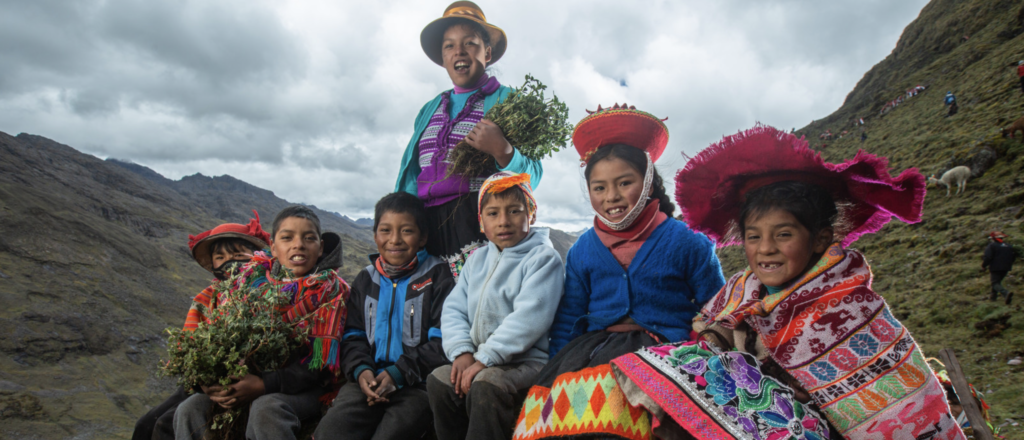
Reforestation is one of the simplest and cheapest solutions to water scarcity and biodiversity loss. There is no technology that can do what trees do naturally. Forests are massive collectors of Co2, protect wildlife, and ensure water supplies.
In territories with such a wealth of nature, where the tradition of the Inca civilization still echoes in the contact with the flora and fauna, the indigenous populations are at the forefront of reforestation. Their contribution is direct, they are the ones who plant the trees together with the volunteers, aware that only new forests will be able to protect them from landslides, and bring water again in the dry season.
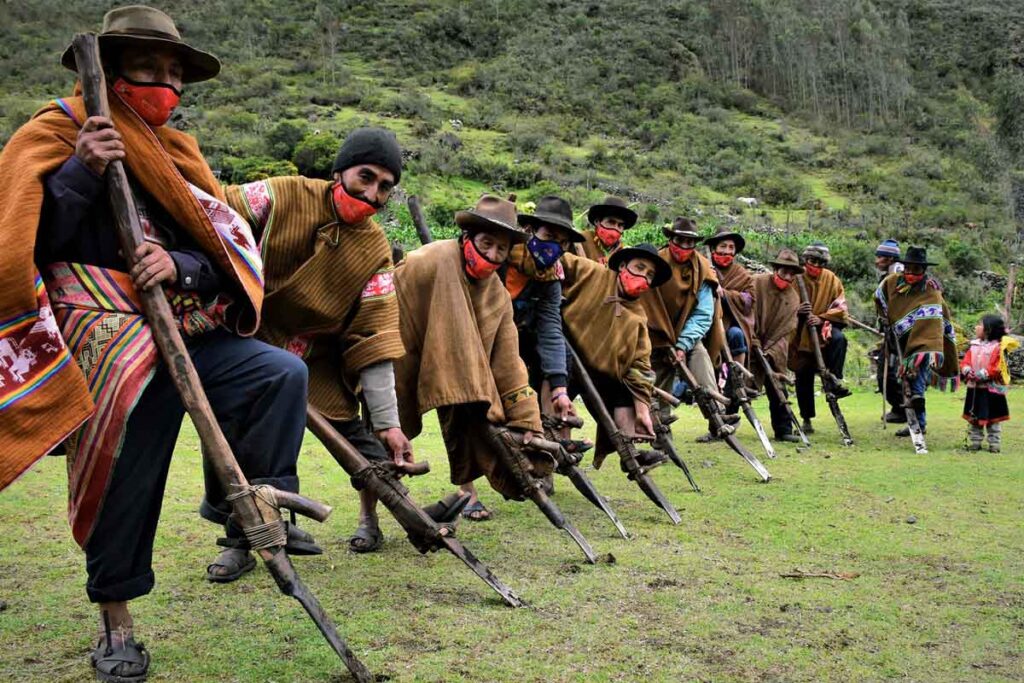
Planting the right trees in the right place:
Massive planting projects around the world often have staggering numbers.
For example, in 2019 Ethiopia planted 350 million trees in less than 12 hours, breaking all records. China has planned to create a large green lung, the size of Germany, by 2050. However, these impressive operations have some drawbacks. The trees used are generally fast-growing shrubs (such as pine and eucalyptus), which absorb less CO2, but require much more water than other species. Planting a single variety of trees without assessing the local ecosystem is not a forward-looking choice.
Simply put, the right trees should be planted in the right place. Only in this way, the impact of planting will be positive in many more ways and in the long term, making the best use of environmental features.
Florent Kaiser, the Executive Director of GFG, explains Acción Andina’s approach to reforestation:
We work with scientists and environmentalists to bring the parts together – from ecological mapping to creating monitoring systems and more. The first step is site selection, and one of the key criteria is the presence of a nearby mature forest from which seeds and cuttings can be obtained. To grow trees in the Andes, we start in January, then from April to November, local families take turns caring for the seedlings in nurseries until they are ready to be transplanted. (…) In Peru, where ancient Inca traditions are still an important part of daily life, indigenous communities celebrate planting with festivals that can attract up to 1,000 people from multiple generations to work together, planting up to 100,000 trees in a single day.
To see the Andean natives at work, we recommend watching this beautiful video.
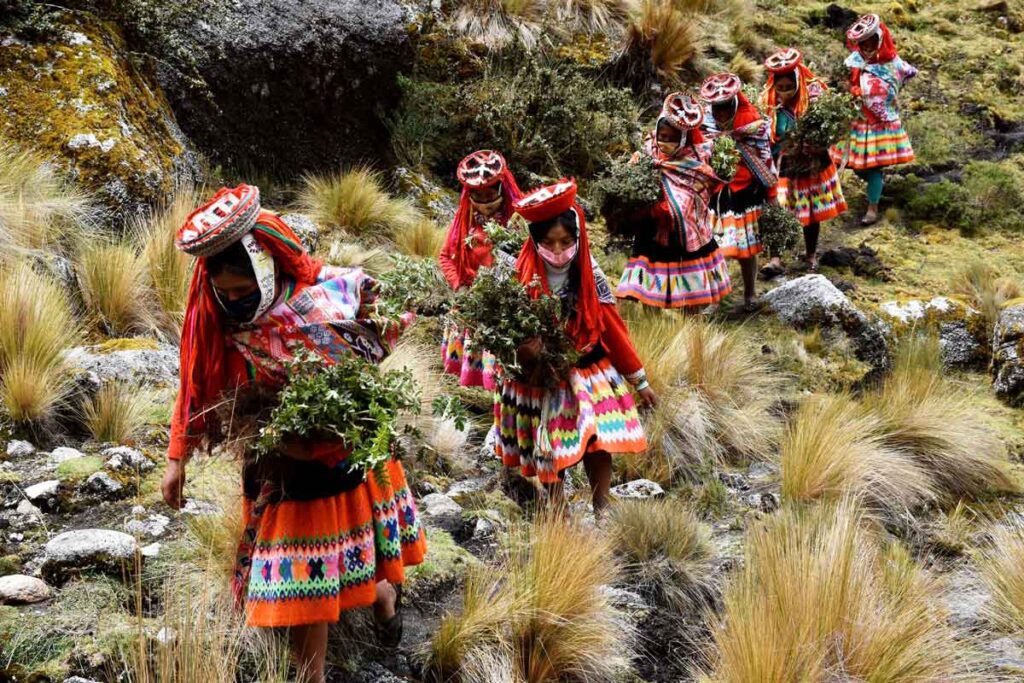
Give back to nature what we have taken:
It’s time to stop taking from our ecosystems, and start giving back.
According to an analysis by Nature Climate Change, protecting what is left of the tropical forest by restoring its degraded parts could be up to 50% of the immediate solution to climate change. In fact, it would provide the time needed to switch from fossil fuels to renewable energy. 80% of forest destruction is caused by the intensive production of commodities such as soy, palm oil, and meat, and the FAO reports in its 2020 report that only 18% of the world’s forests are within protected areas, with South America hosting the largest share.
To make a contribution to Acción Andina’s mission, you can donate here. For every $100 collected, a new forest comes to life, also ensuring the subsistence of the people who care for it.


